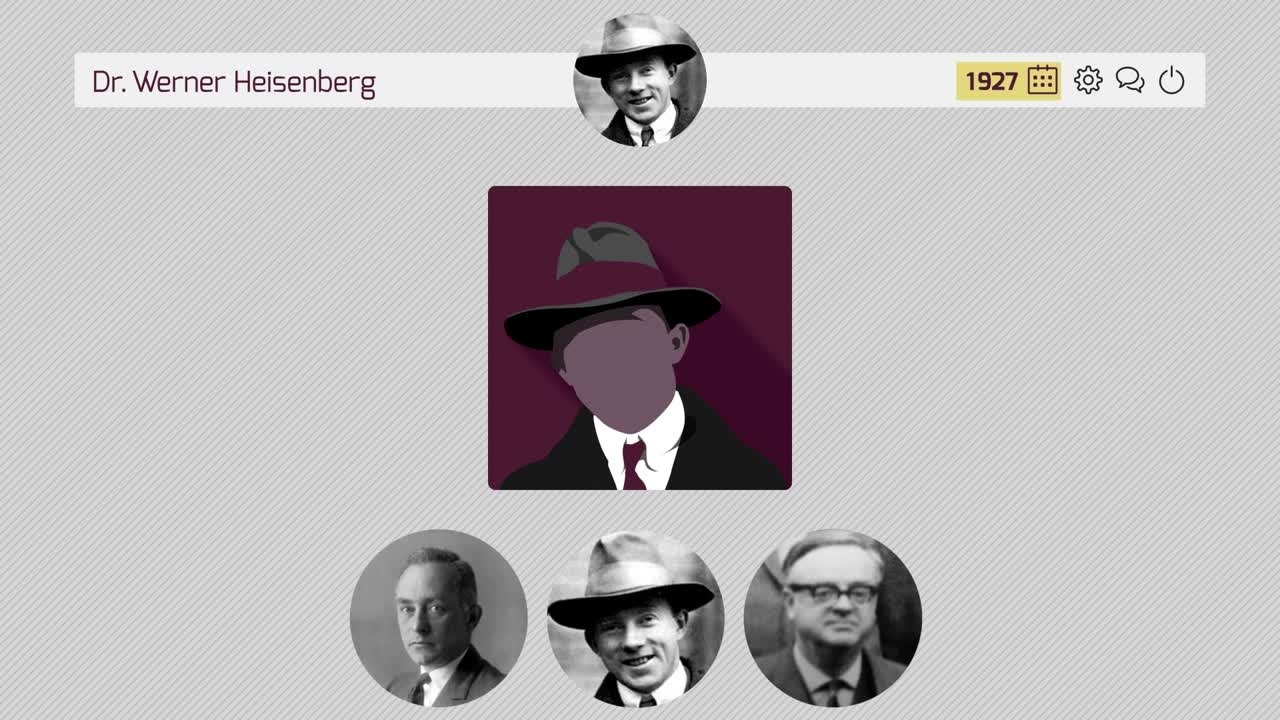Abstract
Die kleinsten Teilchen waren für ihn das Größte - Werner Heisenberg, Mitbegründer der Quantenmechanik. Wer war dieser Mann, der als genialer wie umstrittener Wissenschaftler gilt und die Physik des 20. Jahrhunderts maßgeblich mit beeinflusst hat? Diese Mini Lecture liefert einen detaillierten Einblick in Leben und Werk dieses bedeutenden Physikers.

